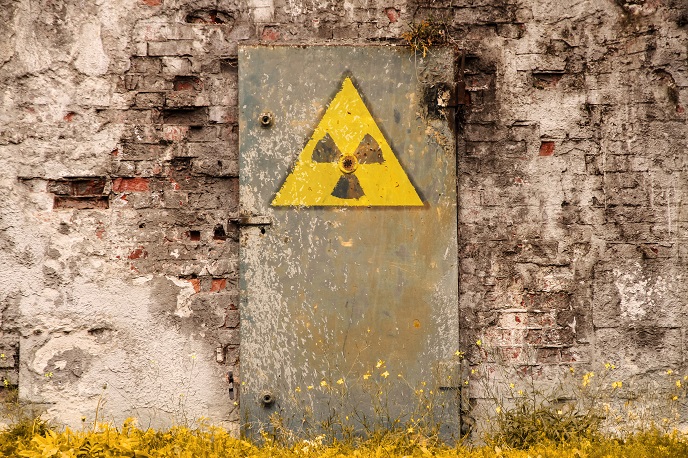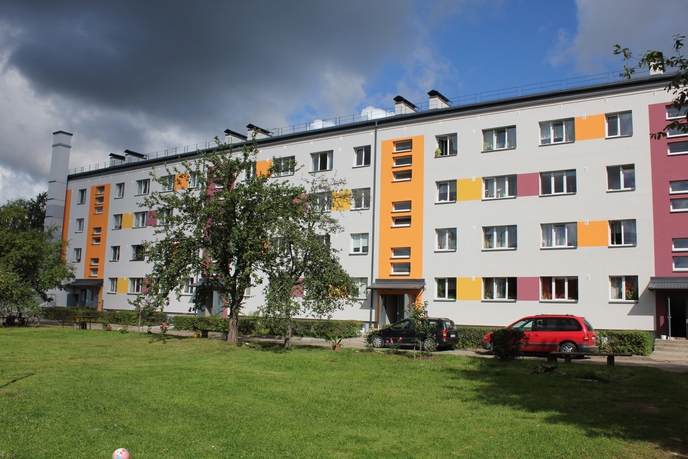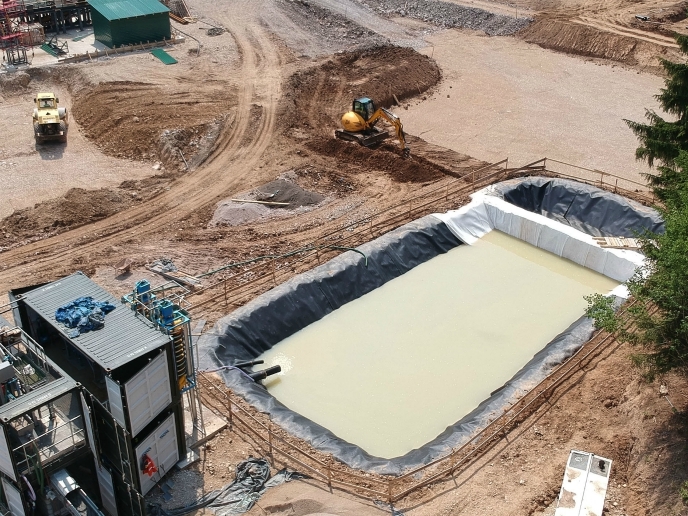How does radiation impact nuclear reactors’ structural materials over time?
The future of nuclear energy in Europe may be hazy, but the current need for it is hard to deny. Nuclear power plants (NPPs) still account for about one quarter of the EU’s electricity production capacity, and until industry can compensate for such loss with renewable energy sources, prolonging the already extended life of NPPs has become a priority. Ensuring the safe, long-term operation of existing power plants, however, is a different story. It requires an in-depth understanding of the role of material ageing phenomena in NPPs, as well as the translation of this knowledge into both reliable tools and methods for industrial end-users, and guidelines for policy-makers. SOTERIA (Safe long term operation of light water reactors based on improved understanding of radiation effects in nuclear structural materials) aimed to provide such understanding, with a focus on ageing phenomena taking place in reactor pressure vessels (RPVs) and internal steels, caused by neutron irradiation. The project, which builds upon the findings of its PERFECT and PERFORM60 predecessors, combined advanced modelling tools with experimental data to investigate the impact of such irradiation – over time and at different doses – on nuclear components made of complex industrial materials. Smart experiments to determine Safe NPP operation “Safe NPP operation depends on many factors, including material-related issues,” explains Dr Christian Robertson, coordinator of the project of the French Alternative Energies and Atomic Energy Commission (CEA). “Critical NPP components tend to undergo time-dependent evolutions due to material ageing mechanisms, and safe prolonged lifetime can only be accurately guaranteed provided we thoroughly understand the causes and extent of these mechanisms.” SOTERIA essentially consisted in the combination of smart experiments and physical modelling, specifically designed for well-characterised internal and RPV materials. All in all, the consortium: conducted a deep microstructural examination of irradiated RPV steels, austenitic stainless steels and model alloys; studied the impact of material inhomogeneity on RPV steels’ mechanical properties; investigated the effects of helium and hydrogen charging on damage susceptibility and oxidation, respectively; and developed models to assess RPV and internal components under irradiation. “We have several important project outcomes. One of them is new data on material response variability and their relation with well-controlled ageing conditions, which we now understand material ageing causes for a representative selection of nuclear material cases. Moreover, our modelling tools can address the variability of complexity of actual nuclear materials in critical NPP components. This tool will be disseminated through a user-friendly computational platform,” says Dr Robertson. Training the next generation of experts SOTERIA also had an educational purpose: communicating project results to the nuclear engineering and research community to improve and harmonise the knowledge of ageing phenomena in NPPs across Europe. A SOTERIA Training School, for instance, was held in September 2018 to transfer and preserve the project’s knowledge on nuclear RPVs and internal material degradation mechanisms. A total of 60 participants from 29 organisations in 13 countries – students, post-docs, early career professionals, scientists and engineers – attended the event. This is probably the most important mission of SOTERIA. Although the project will run until August 2019, Dr Robertson is confident that its influence will keep being felt even beyond this deadline. “The innovative, cost-effective and informative surveillance methodologies developed under the project, adapted to critical nuclear reactor components, will be of much use for the community over the coming years,” he says. SOTERIA members are already looking into the creation of a new consortium under the next Euratom call, to further investigate material ageing mechanisms.
Keywords
SOTERIA, long term operation, nuclear, safety, light water reactor, structural materials, nuclear power plant, material response, radiations







